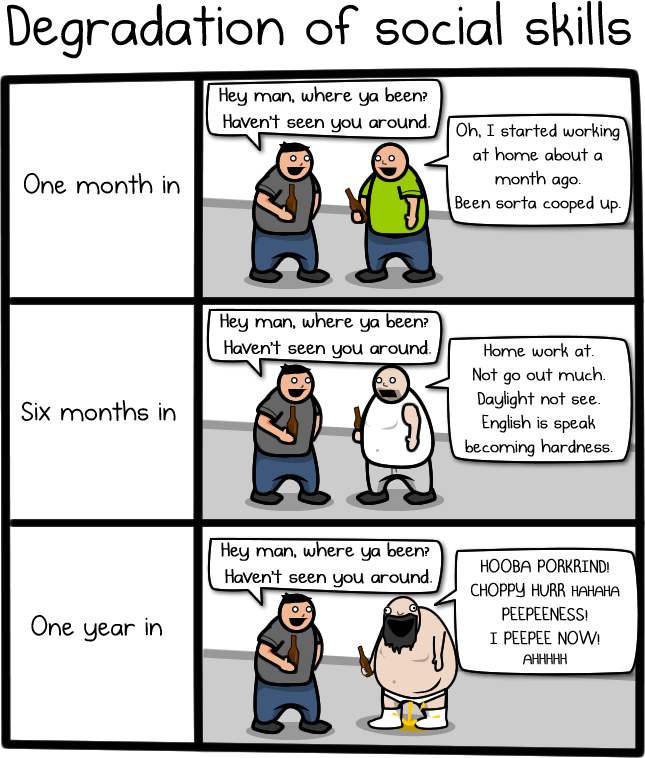Apparently, British soldiers (in uniform) are considered “untouchables” by the Co-op grocery chain:
A soldier who had just arrived home from Afghanistan was refused service at a supermarket and told they didn’t serve people in Army uniform.
Sapper Anthony Walls called into a branch of the Co-op for some beers after a gruelling 34-hour journey from Kandahar.
[. . .]
The manager told Mr Walls he ‘couldn’t do anything about it’ and refused to serve him while he was in uniform. The soldier — who was on his way to his three-year-old nephew Jack’s birthday party — walked out of the shop in New Addington, Croydon, in a daze.
‘I was deeply hurt,’ he said yesterday. ‘All I was thinking about was getting home to Jack in time to wish him a happy birthday.
‘It was great to be home after a difficult journey and I just thought I’d grab a couple of beers — a luxury I hadn’t had in a while.
The good news is that it was all a misunderstanding: the Co-op won’t sell beer to Policemen in uniform, and the cashier and her manager misunderstood that the chap in military-style kit wasn’t actually a police SWAT-team member on a break from bashing EDL protest marchers. They’ve apologized (but there’s no indication that Sapper Walls got his beer before flying back to Af’stan).




